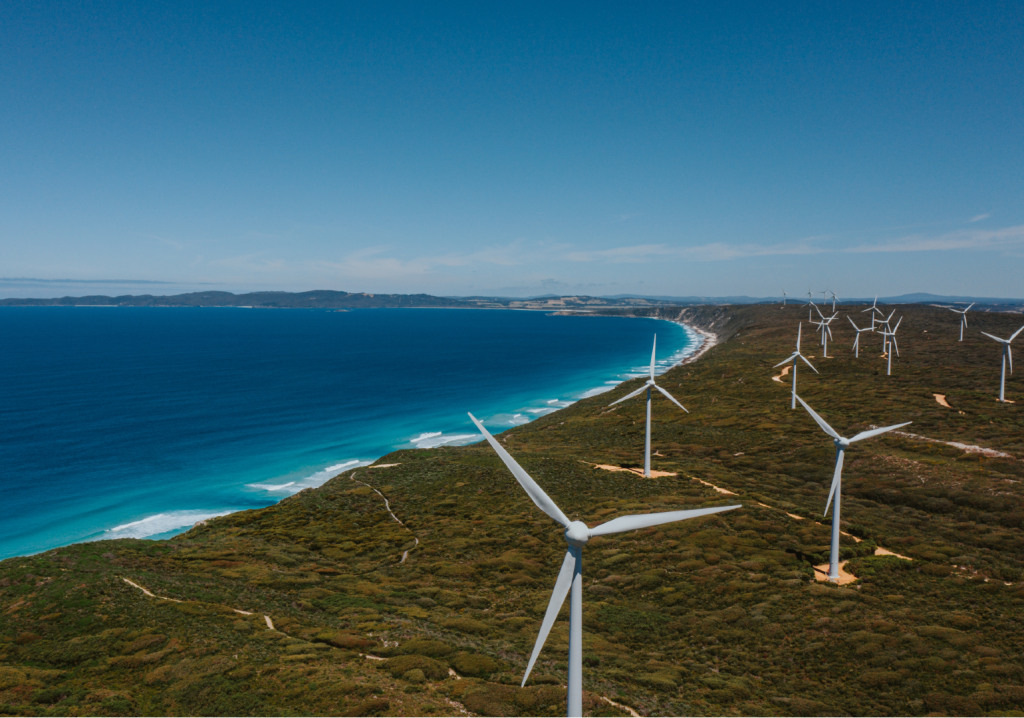Wind farms are springing up on the coastlines of Australia like mushrooms after a storm. But more efficient placement of turbines could lead to a 53 per cent increase in operating efficiency.
Speaking at Engineers Australia’s Climate Smart Engineering (CSE23) conference in Melbourne this week, Dr Andrew Gunn of the School of Earth, Atmosphere and Environment at Monash University presented his model for optimal placement of Australia’s wind farms.
“Where [Australia’s] wind farms currently are creates huge inefficiencies, because they all receive similar power at the same time relative to what they could,” Gunn said.
“The second thing is that our climate has large inter-annual variability, and that presents some real problems [for] the total aggregate power we can produce by wind year-on-year in Australia.”
With most of Australia’s wind farms situated in specific zones around the coasts this means they are all “intimately fluctuating”, meaning that they peak at the same time.
Published recently in Environmental Research Letters, Gunn and his team created a model that suggests an optimal placement for wind farms around Australia to achieve maximum variability and, therefore, stability of generation.
Optimum anti-correlation
“We looked at the currently operational network of grid-connected wind farms, which has a 10.3 gigawatt capacity — that’s nearly 100 of them,” Gunn said. “And we’re comparing that to a hypothetical set of 21 farms that each had 500 megawatts of capacity.”
Using hierarchical clustering techniques, the team at Monash used 43 years of climate analysis data to forecast the optimal combination of locations.

“If I just said I’ll find two wind farms where the winds are completely different [at] the same moment in time [that are] perfectly anti-correlated energy sources, it’d be a really easy problem to solve.”
In reality though, perfection is harder to achieve as you need to take other factors into account such as distance from the grid and accessibility.
“We created a set of clusters where the climate is locally correlated in each region,” Gunn explained.
By doing this across Australia the team came up with a plan for the most efficient spread of wind farms to achieve optimal generation capacity.
“The optimal amount of farms to exploit the different wind climates that you can get in Australia is between 12 and 15.”
“These farms are completely uncorrelated with each other and produce power randomly. And that’s very good in the aggregate. [The] improvement on the real set is 55 per cent, which is a huge amount while doing that also able to make the farms have higher average power by 26 per cent.
Clearly, fewer farms would need to have a far greater capacity than current installations but would offer the optimal balance for efficiency.
Engineers Australia acknowledges the support of the Victorian State Government and Melbourne Convention Bureau in helping make this event happen.
Day 2 tickets for Climate Smart Engineering (CSE23) are still available.8
